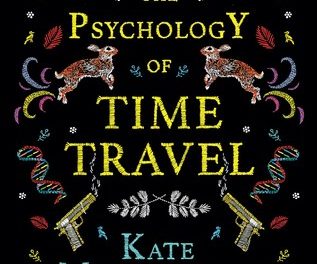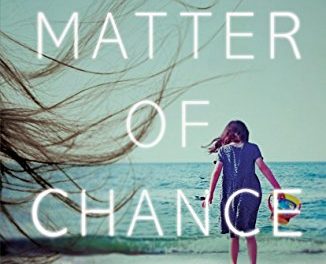Everything Here Is Beautiful is Mira T. Lee’s debut novel, and a very sophisticated one it is. In the back of her book, there’s an interview with her in which she describes how she didn’t want to write about mental illness per se, but about relationships and how they are affected by mental illness. She does an admirable job with that goal.
Miranda, the older sister, has always looked after her little sister, Lucia, from the moment of the youngest sister’s birth. They are immigrants from China, the mother coming to the States after the death of her husband in an automobile accident. With Lucia’s first nervous breakdown, she is diagnosed with schizoaffective disorder. Tension escalates between the two closely-knit sisters. If Lucia goes off her medication, she faces another breakdown. Miranda, inherently a care-giver, feels she must swoop down and fix everything. Lucia resents her sister’s efforts to force Lucia to take her medications and views Miranda as both patronizing and controlling.
Lucia’s illness impacts not only Miranda, but Lucia’s two great loves, one an older Jewish immigrant, and the other a young Ecuadorian immigrant with whom she has a daughter. Readers constantly await the falling of the other shoe—when will Lucia’s next breakdown occur. The novel is told from multiple points of view: Lucia, Miranda, and the two lovers. As a world-traveler, I also enjoyed the international backdrop as this novel moves from New York City, to the Swiss Alps, to the Ecuadorian campo, to Minnesota.
I became a physician during those days when people were quickly being stabilized on meds then turned loose without a support system in place to provide adequate care. I’ve also lived with a person who refused to admit their mental illness or to even seek psychiatric care, so I applaud Lee’s descriptions of the ripples that spread from such an illness and the stigma that follows a psychiatric diagnosis.
********************














